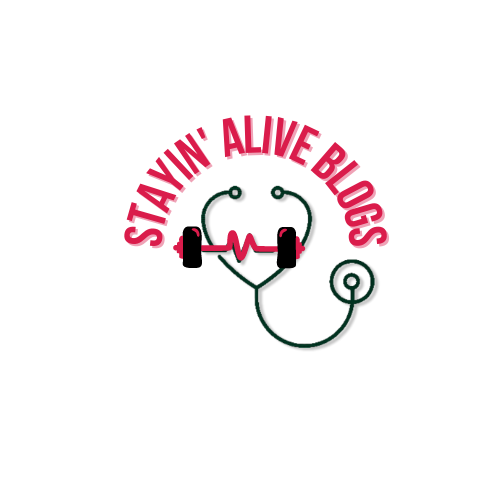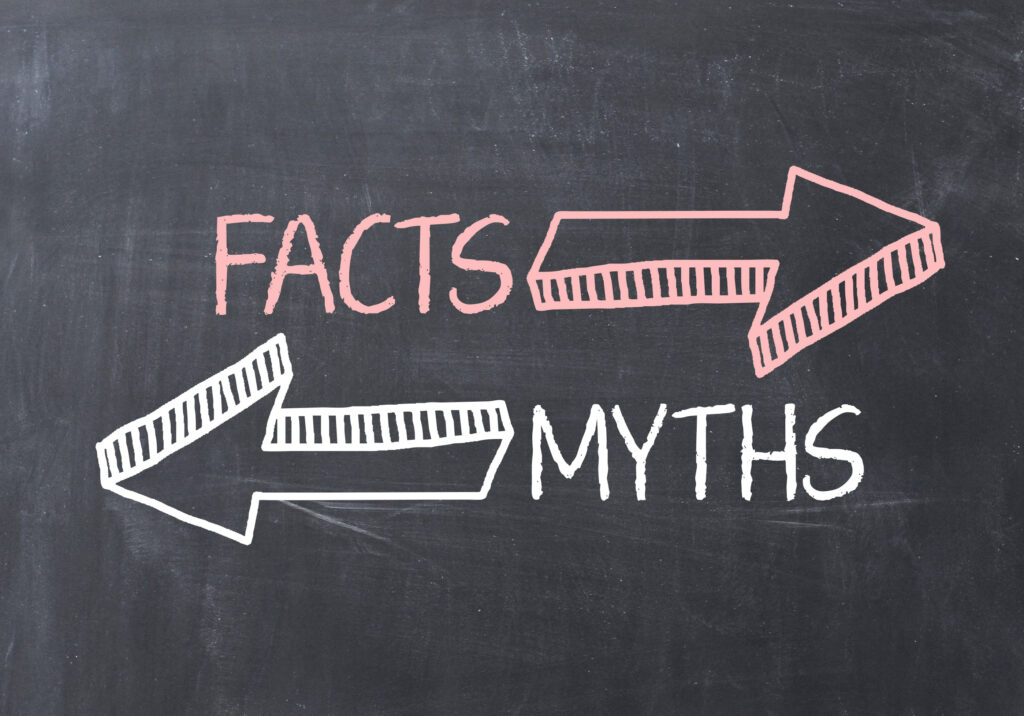Introduction: Cardiopulmonary Resuscitation (CPR) is a powerful tool that can turn the tide in critical situations and save someone’s life. Unfortunately, misinformation surrounding CPR can lead to missed opportunities for swift action. In this blog, we’re debunking some of the common CPR myths and presenting the hard facts. By clarifying these misconceptions, we aim to empower you with accurate knowledge that could make a life-saving difference when seconds matter most.
Myth 1: CPR Can Only Be Performed by Professionals
Myth: A common belief is that only medical or trained professionals can administer CPR, resulting in hesitation during emergencies.
Fact: The truth is, anyone can perform CPR—even without formal training. While undergoing CPR training is highly recommended, the reality is that many bystanders lack this training. The American Heart Association emphasizes that bystander CPR can significantly enhance a victim’s odds of survival. Basic CPR skills are readily accessible and can prove instrumental in saving lives during cardiac emergencies.
Myth 2: Mouth-to-Mouth Breaths Are Required
Myth: Many hold the misconception that mouth-to-mouth resuscitation is a required component of CPR.
Fact: In reality, hands-only CPR, which excludes mouth-to-mouth breaths, is just as effective, particularly for laypersons. Research shows that this approach can circulate oxygen-rich blood and sustain vital organs until professional help arrives. Concerns over safety, such as the potential for communicable respiratory infections, might discourage mouth-to-mouth breathing. Implementing a barrier device or bag valve mask ensures safe ventilation.
Myth 3: You Can Restart a Heart with Chest Compressions Alone
Myth: A common belief is that chest compressions alone can restart a heart.
Fact: Chest compressions play a pivotal role in sustaining blood circulation and preserving vital organs during CPR. However, they may not address the underlying issue, often tied to the heart’s electrical activity. This is where an Automated External Defibrillator (AED) comes into play. An AED can administer controlled electric shocks to restore a proper heart rhythm, significantly boosting survival chances. Starting high-quality CPR and timely AED use is paramount in a cardiac emergencies.
Myth 4: If the Person Is Breathing, CPR Is Unnecessary
Myth: It’s a common misconception that if someone is breathing, they don’t require CPR.
Fact: Breathing doesn’t necessarily guarantee proper circulation. Always assess the pulse; if absent, initiate CPR even if the person is breathing. Cardiac arrest victims might exhibit gasping or snoring, which can mislead first responders into thinking they don’t require CPR. Checking the pulse remains crucial for accurate assessment.
Myth 5: You Can Cause Harm by Performing CPR Incorrectly
Myth: The fear of causing harm by performing CPR incorrectly can deter potential helpers.
Fact: While CPR might lead to rib fractures, the potential harm from inaction far outweighs the risk of causing harm through CPR. Without CPR, a victim’s chances of survival plummet. Learning proper CPR technique through training equips you to offer effective and safe assistance.


